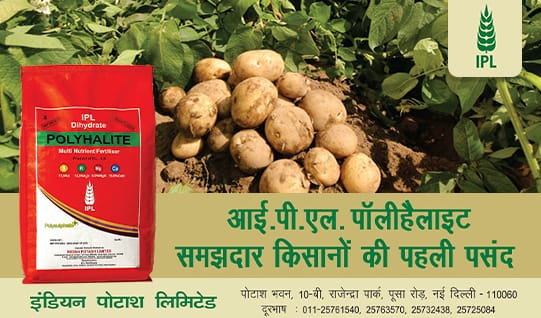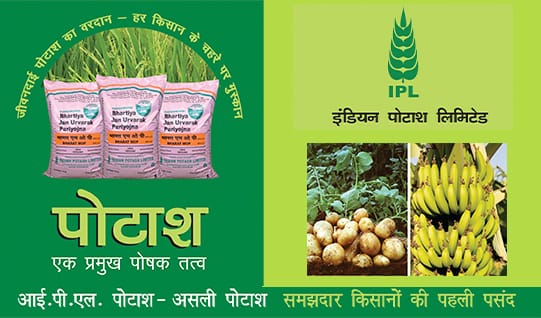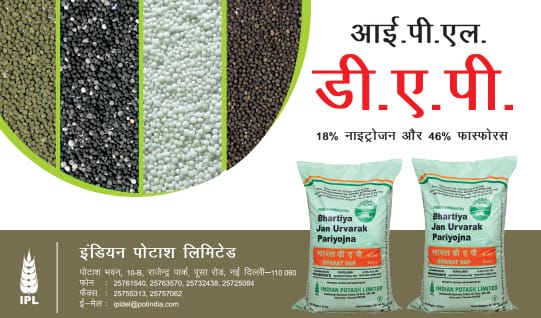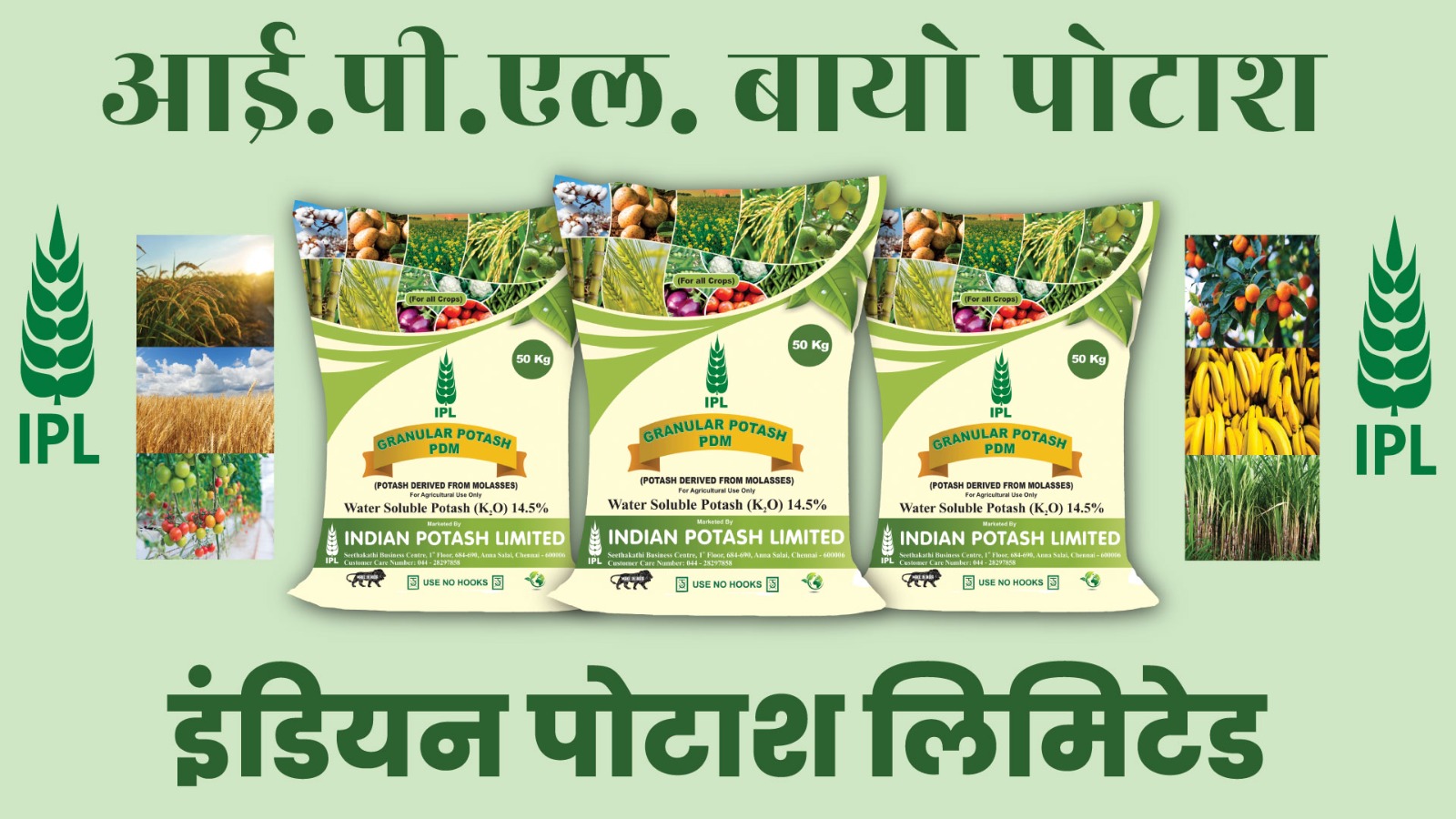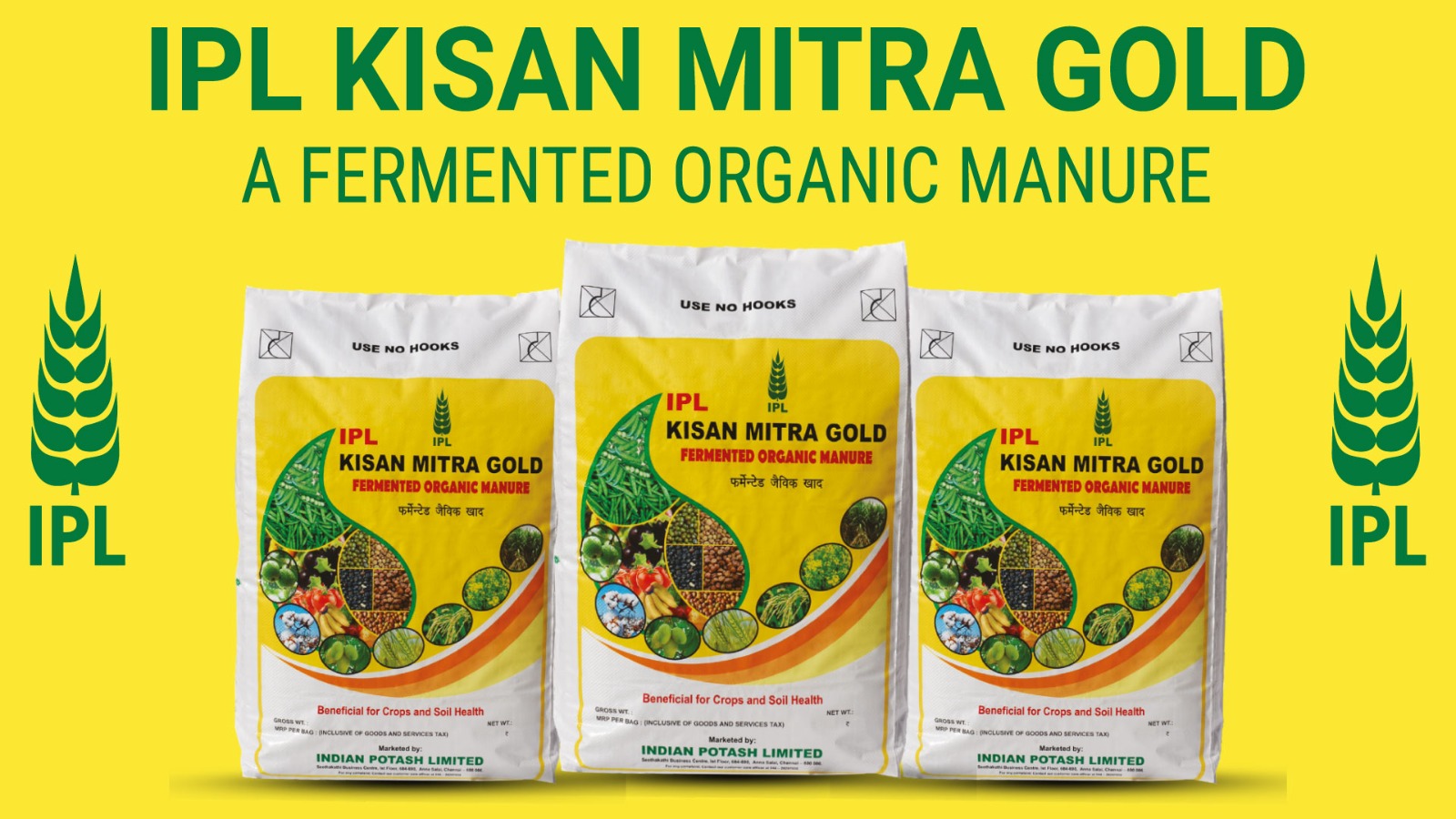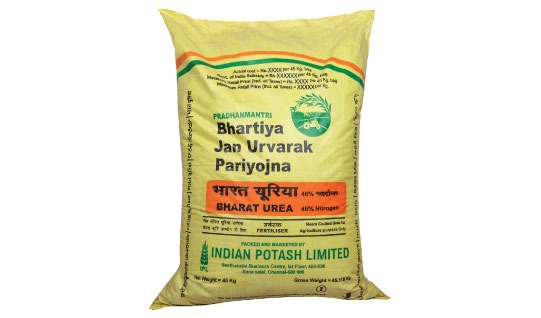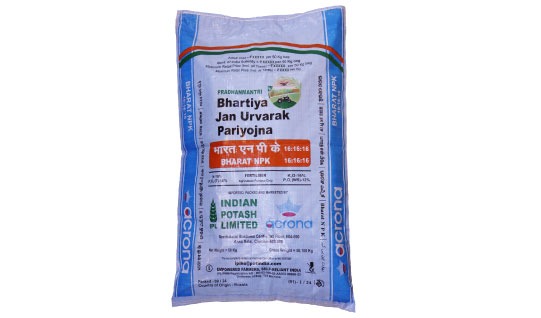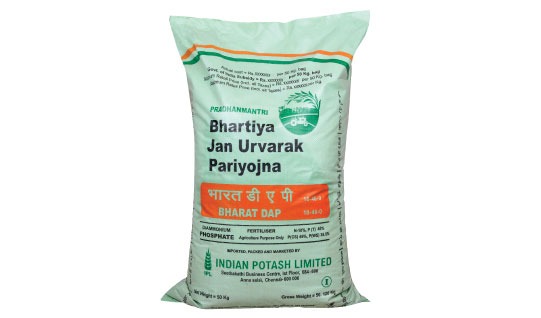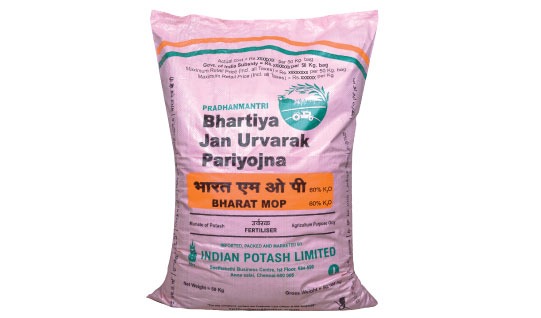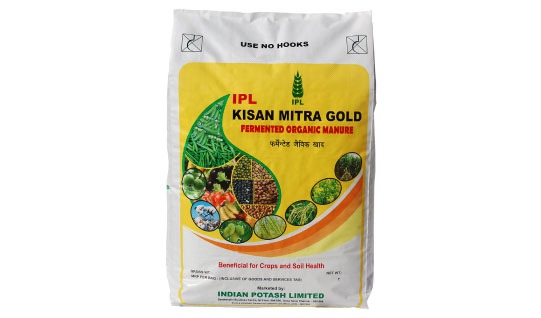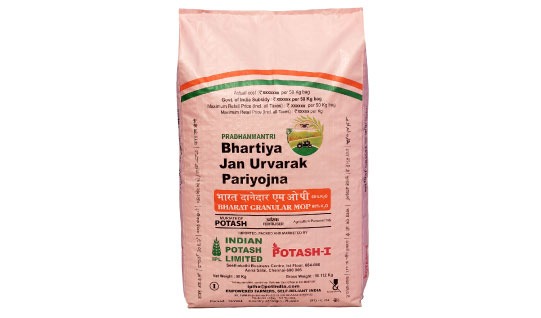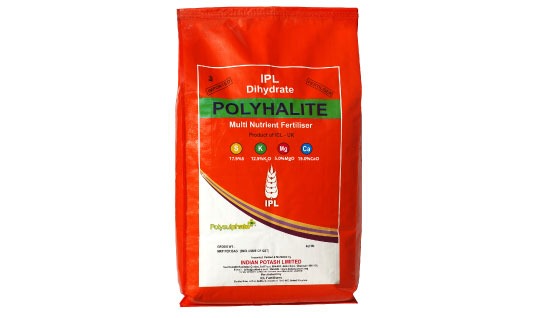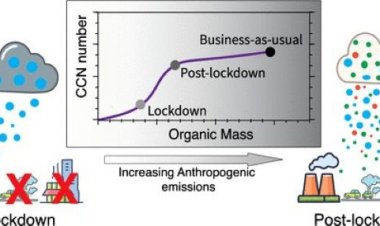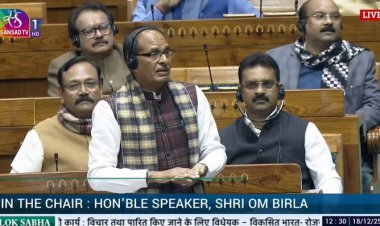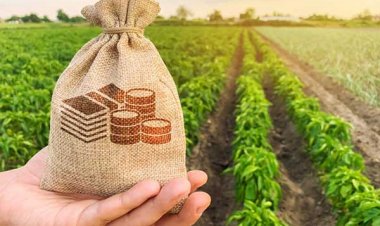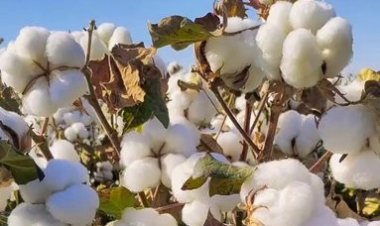India’s Wholesale Inflation Hits 13-Month Low, Retail Inflation Drops to 6-Year Low at 3.16% in April
The Wholesale Price Index (WPI)-based inflation stood at 0.85% year-on-year in April, down from 2.05% in March and 2.38% in February, marking the slowest pace of price increase since March 2024.
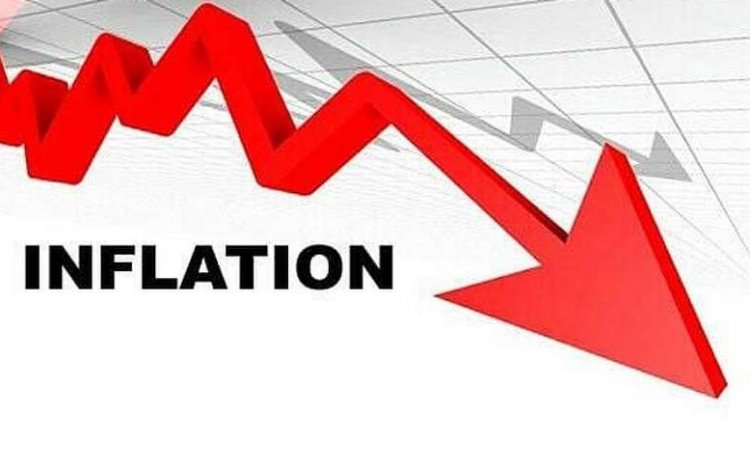
India’s wholesale inflation eased sharply to a 13-month low in April, driven by a significant moderation in food and fuel prices, according to data released by the Ministry of Commerce and Industry on Wednesday.
The Wholesale Price Index (WPI)-based inflation stood at 0.85% year-on-year in April, down from 2.05% in March and 2.38% in February, marking the slowest pace of price increase since March 2024.
The deceleration was largely attributed to falling vegetable prices, which declined 18.26% year-on-year in April, compared to a 15.88% drop in March. Overall wholesale food inflation eased to 2.55%, down from 4.66% a month earlier. On a month-on-month basis, the WPI fell 0.19%, reflecting deflationary trends across key sectors.
Fuel and power prices also contributed to the moderation, falling 2.18% year-on-year in April, compared to a 0.20% rise in March.
The easing of wholesale inflation comes alongside a decline in retail inflation. As per the Ministry of Statistics, Consumer Price Index (CPI)-based inflation fell to 3.16% in April, down from 3.34% in March, marking its lowest level since July 2019. Food inflation within the CPI basket also moderated to 1.78% in April from 2.69% in March.
This marks the third consecutive month that retail inflation has remained below the Reserve Bank of India’s (RBI) medium-term target of 4%, providing room for the central bank to pursue more growth-supportive monetary policies.
In its recent monetary policy review, RBI Governor Sanjay Malhotra highlighted the improving inflation outlook. The Monetary Policy Committee (MPC) has revised its inflation forecast for 2025–26 to 4%, down from 4.2%, citing a better outlook for food prices.
The improvement is underpinned by easing uncertainties around Rabi crop production, record wheat output, and improved pulse production as per the second advance estimates. Strong Kharif arrivals are also expected to support a sustained softening in price pressures.
With both wholesale and retail inflation on a downward trajectory, the economic outlook appears more conducive to a sustained recovery, bolstered by the possibility of further rate cuts and improved consumer purchasing power.
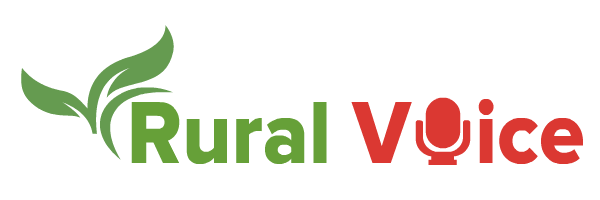


 Join the RuralVoice whatsapp group
Join the RuralVoice whatsapp group
